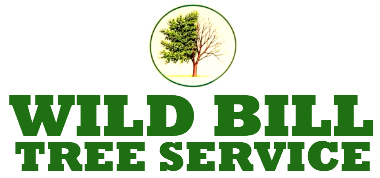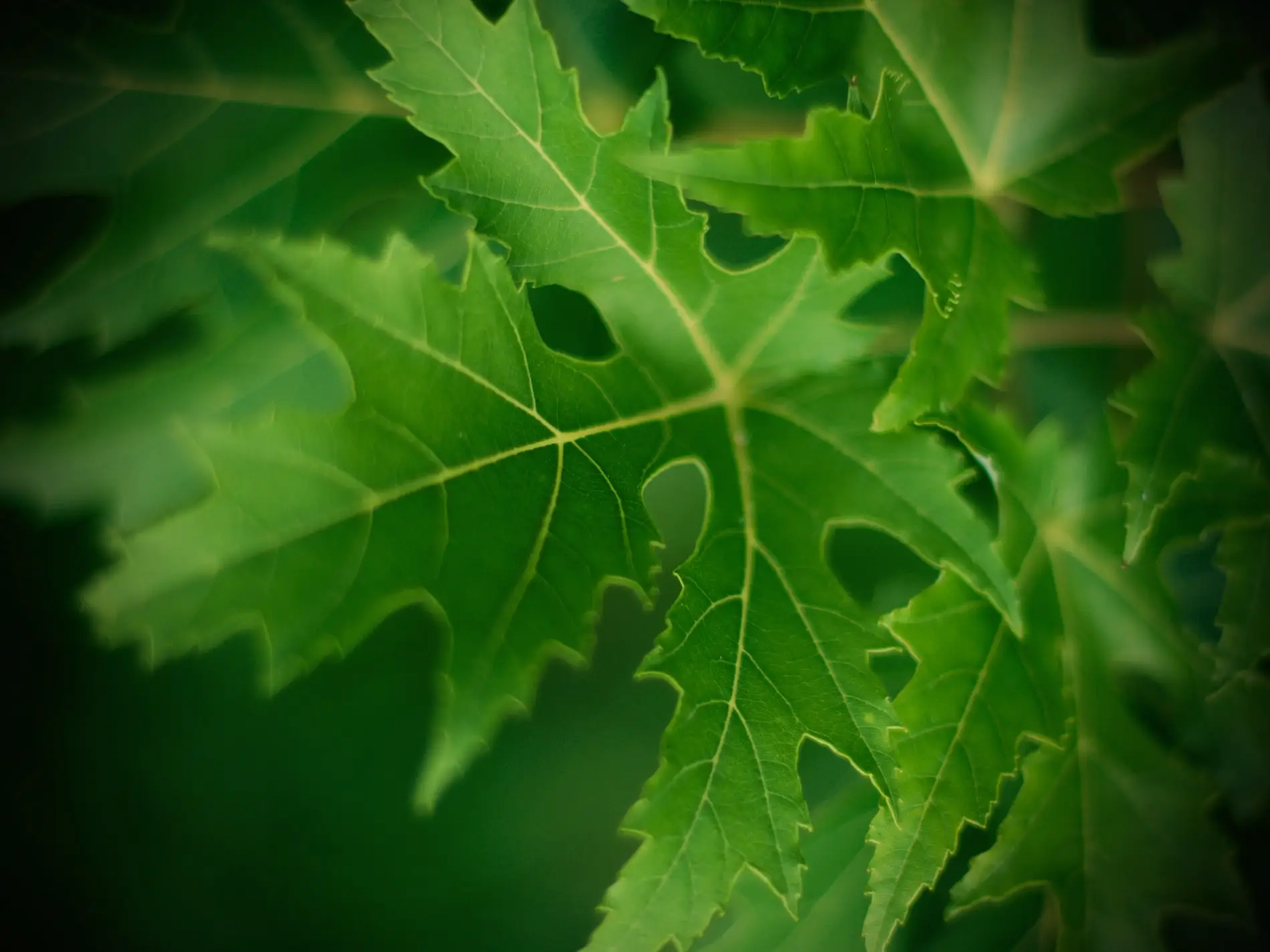

We all love to enjoy trees, but few of us know the ins and outs of tree care. That’s why we know you likely have some questions. At WILD BILL TREE SERVICE, we not only love trees, we live and breathe tree care for the major part of every day. Whether you’re shopping for a tree service or simply wanting a little advice, we have answers for you.
Below you will find a list of several questions people often ask us. You can click the question to see the answer. If you have questions you don’t see below or would like a free tree care estimate, call us at Call 801-721-1397 or 801-231-6518 or send a message using the form below.
Certified Arborists are individuals who have achieved a level of knowledge in the art and science of tree care through experience and by passing a comprehensive examination developed by some of the nation’s leading experts on tree care. Certified Arborists must also continue their education to maintain their certification and adhere to a Code of Ethics. Therefore, they are more likely to be up-to-date on the latest techniques in arboriculture.
Hiring a certified arborist is an investment in your property and the safety of your family. Well-cared-for trees are attractive and can add considerable value to your property. Poorly maintained trees can be a significant liability. Pruning or removing trees, especially large trees, can be dangerous work. Tree work should be done only by those trained and equipped to work safely in trees.
An International Certified Arborist has the extended knowledge & responsibility to care for your trees in a proper non-harmful manor. An International Certified Arborist is a tree doctor, which is required to care for trees through the guidelines set by the International Society of Arboriculture. These professionals must sign and adhere to the code of ethic set by the International Society of Arboriculture. For example, an International Certified Arborist will not top a tree because it has been determined that topping causes severe damage to trees. An International Certified Arborist signs a Code of Ethics that states they will not do harm to a tree. Failure to adhere to the tree code of ethics standards will cause an International Certified Arborist to lose their certification and license.
Tree services are not staffed with employees that have extended knowledge and proper experience necessary to properly cared for trees. They are not certified or licensed, and lack the requirement to adhere to the proper code ethics for tree care. Without this extended knowledge, you risk hiring a person that does more harm than good to a tree, leaving your tree more damaged and dangerous condition than they found it.
How can you know if a tree specialist is truly an International Certified Arborist? It’s easy to do! You can go to International Society of Arboriculture, www.isa_arbor.com, to confirm that arborist certification and licensing numbers are valid.
Make your tree specialists are licensed and fully insured. Make sure they have property/personal liability insurance, automobile/equipment insurance, & workman’s compensation insurance. Reputable Arborist will be happy to supply you with a copy of proof of their insurance.
Never allow a non-insured arborist to do work on your property. If you hire an uninsured arborist, you can be held liable for any damages or injuries that occur while they are on the job.
Don’t allow an arborist to do work for you until you confirm they have a drug and alcohol policy in place that is regulated by state and federal guidelines. This will help insure you have alert, safe, healthy and trustworthy workers on your property.


Common reasons for pruning are to remove dead, crowded, or rubbing branches, and to eliminate hazards. Trees may also be pruned to increase light and air penetration to the inside of the tree’s crown or to the landscape below. In most cases, mature trees are pruned as a corrective or preventive measure.
It’s important to note that heavy pruning, or what is sometimes referred to as “topping a tree,” can significantly damage and even kill a tree. Trees use their foliage to produce sugar and store energy. Without proper foliage, a tree is weakened. An International Certified Arborist will not top any tree. These trained professionals have the skill to properly prune and trim trees.
Here are a few common reasons to prune your trees:
This is a complicated question to answer. Some trees like oak trees cannot be trimmed during the warmest weather months because trimming will damage, if not kill the trees. However, many other species of trees may be routinely pruned to remove weak, diseased, or dead limbs at any time of the year with little effect on the health of the tree.
How can you know? Call an International Certified Arborist, who has extensive knowledge of the needs of all common types of trees.
As a rule, growth is maximized and wound closure is fastest if pruning takes place before spring. Some trees, such as maples and birches, tend to “bleed” if pruned early in the spring. It may be unsightly, but it is of little consequence to the tree.
Topping often removes 50 to 100 percent of the leaf-bearing crown of a tree. Because leaves are the food factories of a tree, removing them can temporarily starve a tree. The severity of the pruning triggers a sort of survival mechanism. The tree activates latent buds, forcing the rapid growth of multiple shoots below each cut. The tree needs to put out a new crop of leaves as soon as possible. If a tree does not have the stored energy reserves to do so, it will be seriously weakened and may die.
Over pruning causes:
Power lines present a very real and life threatening danger. It is essential to make sure that the arborist you hire is utility qualified because doing tree work around power lines is an extremely dangerous job. If an unqualified person makes a wrong move or cuts the tree in the wrong spot by the power lines he or she could be severely injured, if not killed. In addition, an unqualified person would be putting others and your property in harm’s way.
A tree service worker is required to be fully qualified to work near power lines, which means they completed the proper utility training. There are stiff fines and severe consequences for those who ignore this rule.
We understand that adding beauty to one part of your yard while causing damage to another results in distress. We always do our very best to leave your property in the same condition it was in before we performed tree work. However, some jobs do require heavy machinery. If we are left with no choice but to drive on your lawn, we take measures such as laying down plywood to ensure we minimize any wear and tear. We always make sure the ground is hard, not soft, before we enter your yard and we consult with you before driving onto your lawn.
A great question and we understand why you’d want to know ahead of time. The reality is that tree service jobs differ substantially in time, equipment need, and level of risk. Cost factors include but are not limited to access for heavy equipment, the sizes and types of trees, proximity of trees to structures, fences, and electrical lines, etc.
With all that in mind, we offer FREE ESTIMATES. Call us and we’re glad to stop by and give you a cost estimate based on all the factors listed above.
We accept cash, checks and major credit cards. A deposit is required before work commences. We ask for final payment upon completion of our work, unless special arrangements have been made prior to us doing the work.
How can you know if a tree specialist is truly an International Certified Arborist? It’s easy to do! You can go to International Society of Arboriculture, www.isa_arbor.com, to confirm that arborist certification and licensing numbers are valid.



Send email to info@habitatpreserves.com or send a message below
WILD BILL’S TREE SERVICE provides environmentally sensible tree care to all home owners, commercial properties, and HOA’s. Our qualified arborists can assist you in your goals to maintain healthy, beautiful trees. Our services include fine pruning, fertilizing, thinning, damaged tree care, disease & insect diagnosis, removals, stump grinding and more!
Ogden | Roy | Clinton | Clearfield | Syracuse | Layton | Kaysville | Farmington | Centerville | Bountiful | Salt Lake City | Millcreek | Holladay | Murray | Cottonwood Heights | Sandy | Midvale | Draper | Riverton | Herriman | South Jordan | West Jordan | West Valley City | Taylorsville | Kearns | Bluffdale | Alpine | Highland | Lehi | American Fork | Summit County | Wasatch County